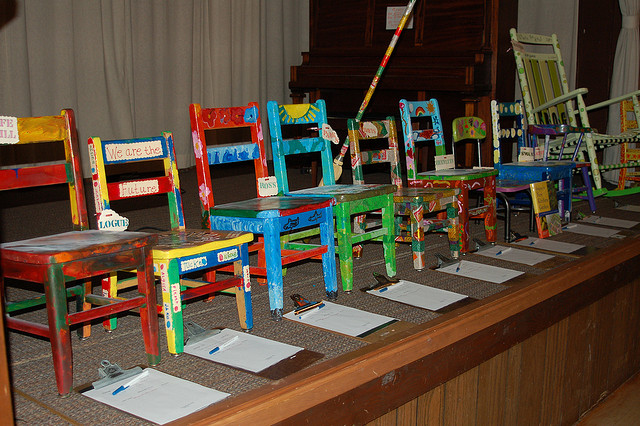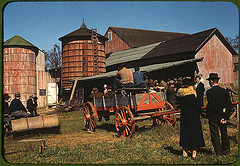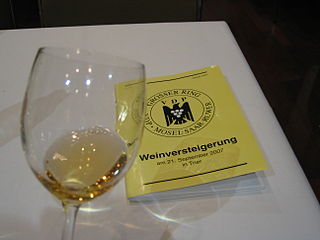 Spring is in the air, and with it comes the cha-ching of candy-bar sales. Of jogathons. Of hordes of students (and their parents) trying to raise money for books, for field trips, for the art program that’s on the chopping block, for scholarships.
Spring is in the air, and with it comes the cha-ching of candy-bar sales. Of jogathons. Of hordes of students (and their parents) trying to raise money for books, for field trips, for the art program that’s on the chopping block, for scholarships.
In some places there are also auctions. Here, we have themed auctions where you dress as gypsies and aging rock stars. We have silent auctions, in which you hover around sheets of paper in front of gift baskets, writing down your bid. We have live auctions, where you—well, I’ve never been to one, but I imagine people start by demurely raising numbers into the air and then, as the night wears on, hollering uncontrollably at the auctioneer. This isn’t Sotheby’s, after all. This is preschool.
At the most recent installment of one of these, I started looking at what was on the tables, and then around at the food, the band, the decorations, the open bar—in spite of all these generously donated prizes, was this really making money? (I felt a bit like a spy—I was there with my husband for his work, our kids don’t go to this school. Also, I was wearing very tall black boots.)
It turns out fundraisers might look to an auction’s setup to affect how well it works. One study examined how people bid at charity auctions, looking at two bidding behaviors called jump-bidding and sniping. Jump-bidding is when people raise bids by big increments; the snipers are those who swoop in right before bidding closes to add their hat to the ring.

Jump-bidding, they found, can rack up the returns for the charity, while sniping can limit the haul by tamping down competition as the clock runs out. Live auctions might be more profitable as a result, but the researchers suggest that silent auctions could still be revenue boosters if attendees are allowed ample time to bid, eliminating bidders who plan on making last-minute, lowball offers.
This year we snuck out of our auction early, so I didn’t see whether there were hordes of snipers at the end or if people were too busy head-banging to AC/DC covers. Did people get auction fever—bidding beyond their own preset limits, which is known to happen in both live and online auctions?
An auction can kick off buying behaviors that you don’t find when heading into a store. As a person starts to bid in an auction, she may develop a sense of ownership of the item, value it more and become emotionally attached to the auction’s outcome. Because there are other bidders, competition comes into play, and a person’s view of an item’s value may be affected by other people’s actions—and bidders often refer to “winning” an auction, rather than buying the item in question.
The frenzy can have positive effects for the auction’s host. I didn’t ask how much money the auctions I went to made for the school, but at a school up north, a live auction last weekend brought in $30,000 for student scholarships.
But I have yet to find an auction study to address another key aspect of these emotion-packed fundraising nights: the open bar. I learned about a school auction/quiz night in another part of the country that involved the MC tossing mini liquor bottles into the audience. I would imagine that this might do something to the bidding. (The crowd, I’m told, was “rowdy”.)

This is my sample size of two. Last year I drank from the many (too many!) open bottles of wine on the dinner table and won a membership to the YMCA. This year I drank seltzer water with lime and came home with nothing—not the bookstore gift certificate, not the skateboard, not the beans from a local coffee roaster.
I still feel disappointed, even though my head didn’t hurt the next day. Even though I could just go to the bookstore myself, anytime. I could go to that roasting company. I don’t even drink coffee. And I already have a skateboard.
So if you need me to be an experimental subject at your next auction study, I’m available. I’ll even dance to AC/DC.
**
Images from Meriwether Lewis Elementary School and Jack Delano/Library of Congress (Flickr), and Tomas Eriksson (Wikimedia Commons).